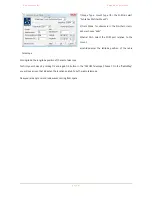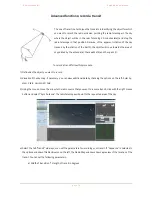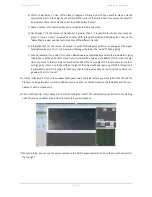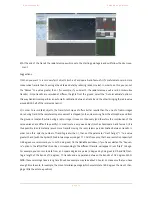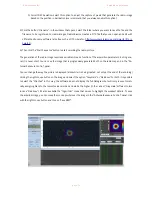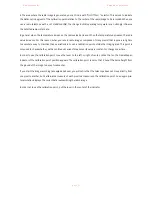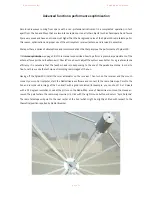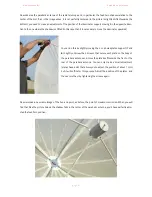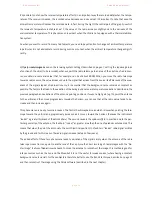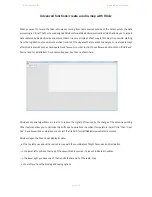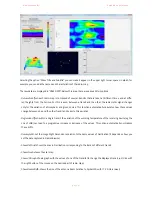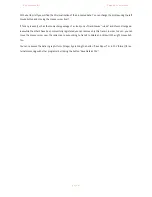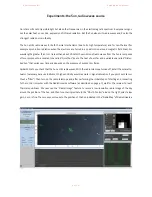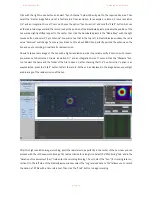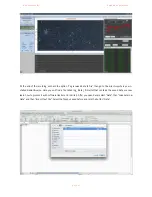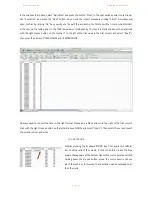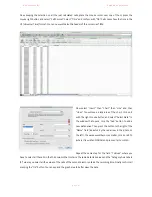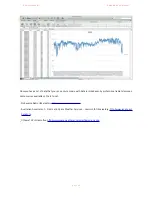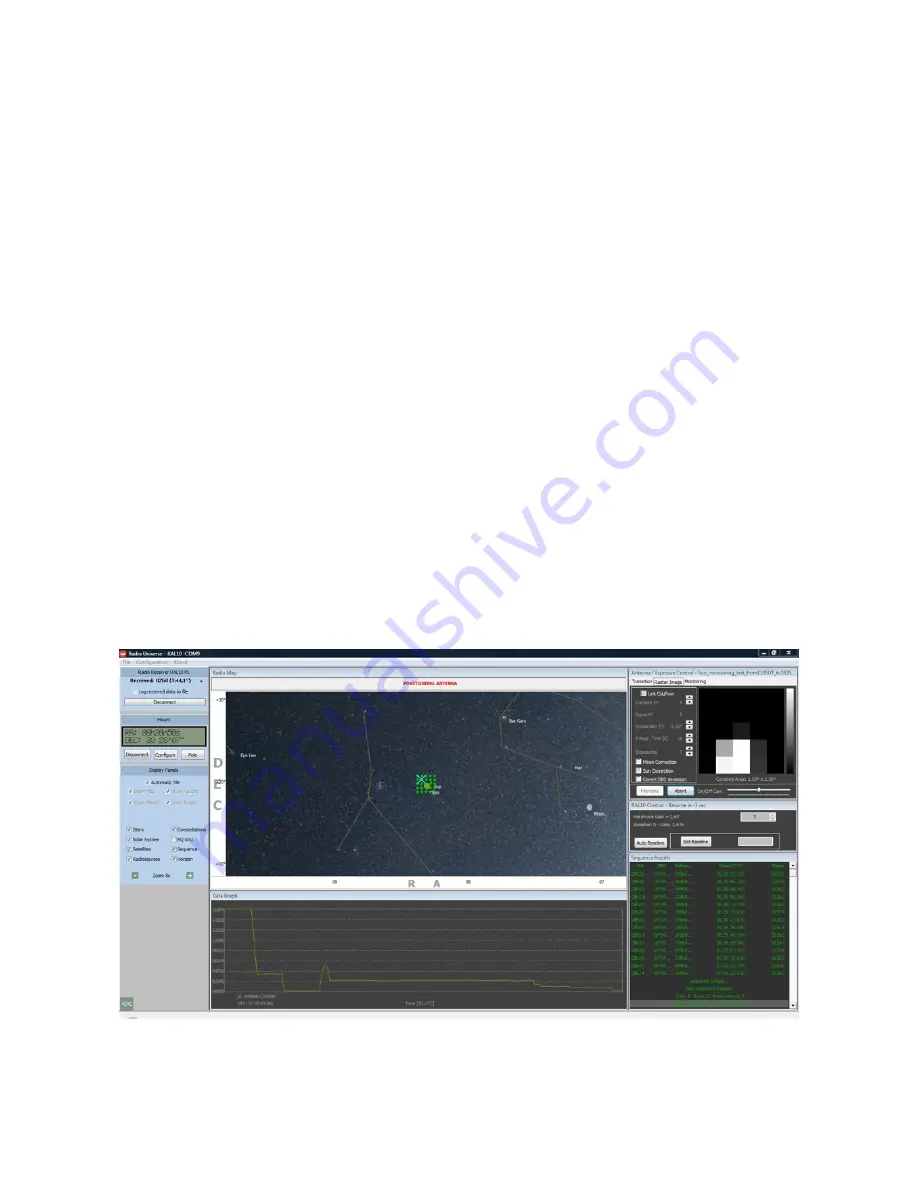
P r i m a L u c e L a b i S r l
S p i d e r 2 3 0 u s e r m a n u a l
Experiments: the Sun, radio waves source
!
Our star emits not only visible light but also other frequencies in the electromagnetic spectrum. Everyone recogni-
zes the solar heat on our skin, expression of infrared radiation. But the Sun also emits radio waves and it’s also the
strongest radio source in the sky.
The Sun emits radio waves for both thermal mechanisms (due to its high temperature) and for non-thermal (for
example synchrotron radiation when the electrons are forced in a spiral motion around magnetic field lines). For
wavelengths greater than 1 cm (ie less than about 30 GHz), the emission of radio waves from the Sun is composed
of two components: a constant one called “Quiet Sun” due to the heat of our star and a variable one called “Distur-
bed Sun” that varies over time and depends on the presence of sunspots or flares.
Spider230 lets you check that the Sun emits radio waves. With the radio telescope turned off, install the solar atte-
nuator (necessary because instrument high sensitivity would resolute in signal saturation if you point our star wi-
thout a "filter"). Then turn on the radio telescope and, after performing the initial steps of starting and connecting
to the control computer with the RadioUniverse software (as described on page 47), wait for the receiver to reach
thermal equilibrium. We now use the "Raster image" feature to record a low-resolution radio image of the sky
around the position of the Sun, and then to center it precisely. In the "RAL10 Control" area on the right, select a low
gain, 2 or 3 is fine. Then move your mouse to the position of the Sun indicated in the "Radio Map" of RadioUniverse.
!
!
p a g e
!
6 3

